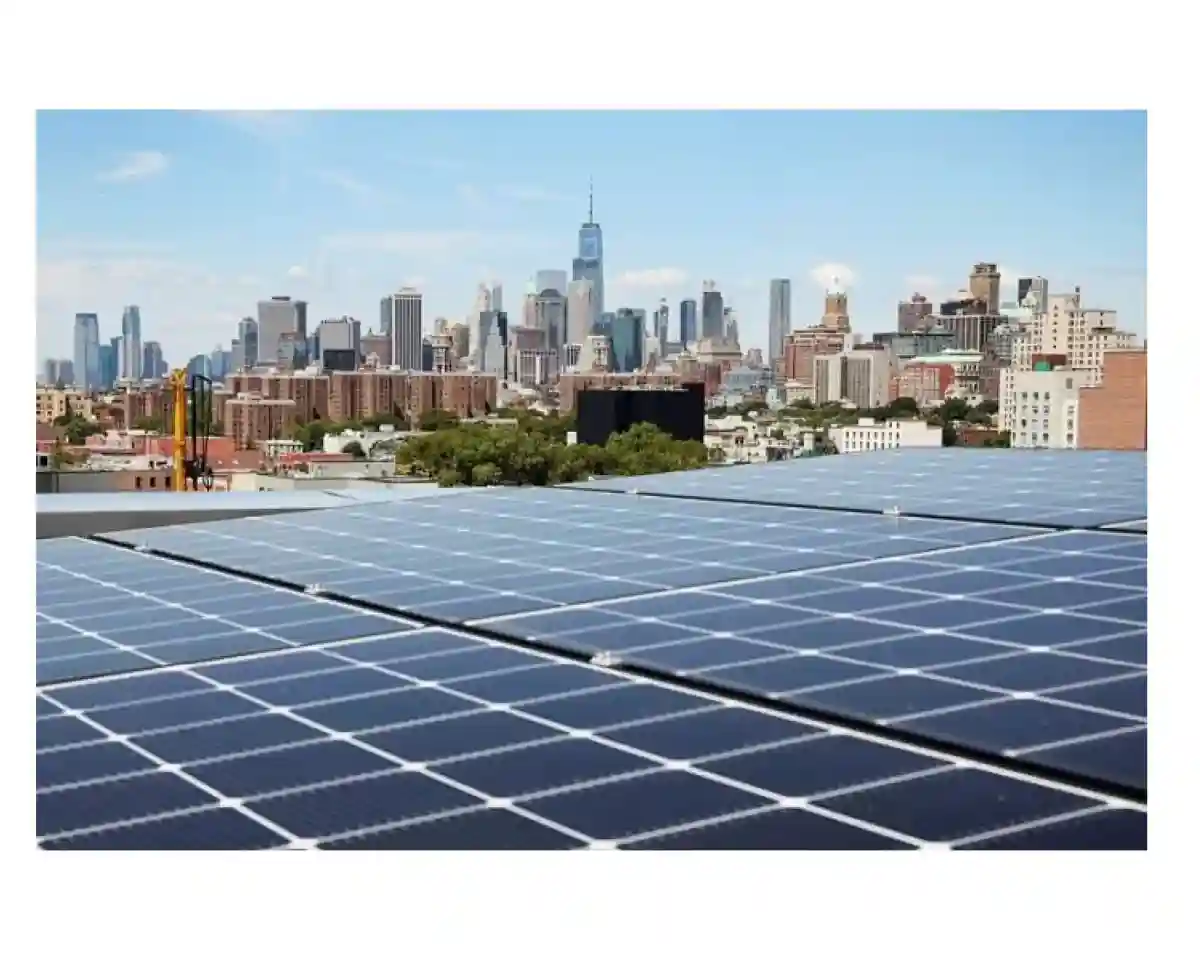The International Renewable Energy Agency (IRENA) stated in its inaugural official progress report on the ambitious target set at COP28 Dubai that nations are falling short of the goal to triple renewable energy capacities by 2030. With the exception of the increase in Solar PV capacity, the additional capacity for all other Renewable Energy technologies falls significantly short of what is needed to achieve the target.
The report is released one month prior to the start of the largest climate summit of the year, the United Nations Conference of Parties (COP29), which will take place in Baku, Azerbaijan on November 11. Additional capacity was included in the year 2023. Even with the remarkable implementation, there are still important deficiencies. The detailed evaluation of current national plans and targets revealed that by 2030, the world will only achieve half of the necessary increase in renewable energy. Based on the most recent estimates, there will be a worldwide deficit of 3.8 TW by 2030, missing the target by 34 percent. According to the report requested by COP28 Presidency, the installed capacity must increase from 3.9 TW to 11.2 TW by 2030 to achieve the goal set in Dubai, requiring an extra 7.3 TW in under six years.
The results revealed that investments in renewable energy capacity hit a new peak of $570 billion in 2023, falling below the $1.5 trillion required annually from 2024 to 2030. Additionally, in 2023, China, the EU, and the US received 84% of investment in RE capacity, with Brazil and India making up slightly over 6%. The worldwide organization also identified significant “funding shortfalls” experienced by emerging and developing economies, which are still hindering their ability to access energy transition technologies.
The results are also significant as the countries are getting ready to present their revised Nationally Determined Contributions (NDCs) by 2025. So far, just three countries have updated their climate goals after COP28, with only one increasing their ambitions for renewable energy. Francesco La Camera, Director-General of IRENA, stated that the upcoming NDCs need to serve as a pivotal moment to steer the world back in the right direction. Just one month before the annual climate summit, COP29 President-Designate HE Mukhtar Babayev urged all governments, businesses, and civil society to increase their efforts and make advancements towards these important goals.
The report emphasized the importance of establishing the New Collective Quantified Goal (NCQG) at the upcoming summit for advancing climate action. The nations will endeavor to complete the overall sum, framework for the new target for climate finance, and which parties will contribute and to what degree. The importance of establishing the New Collective Quantified Goal (NCQG) at the upcoming summit was emphasized in the report for advancing climate action. The countries aim to complete the final details regarding the total amount, structure, and contributors for the new climate finance goal.
NCQG, a recent financial goal established within the Paris Agreement, aims to support developing countries in taking climate action and to encourage ambitious targets in the upcoming NDC 3.0 submission process. The report pointed out the need for improved terms of financing for emerging markets and developing economies (EMDEs), including reducing country and currency risks and increasing access to concessional finance and grants. During pre-COP, HE Parviz Shahbazov Ogtay, the energy minister of Azerbaijan, stated at the report launch that COP29 will expand on the COP29 agreement. He further stated that countries must improve their goals, revise their NDCs, and boost funding.

